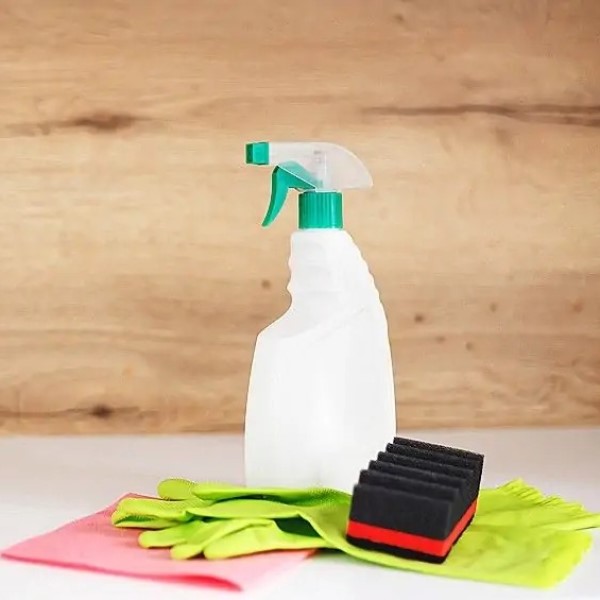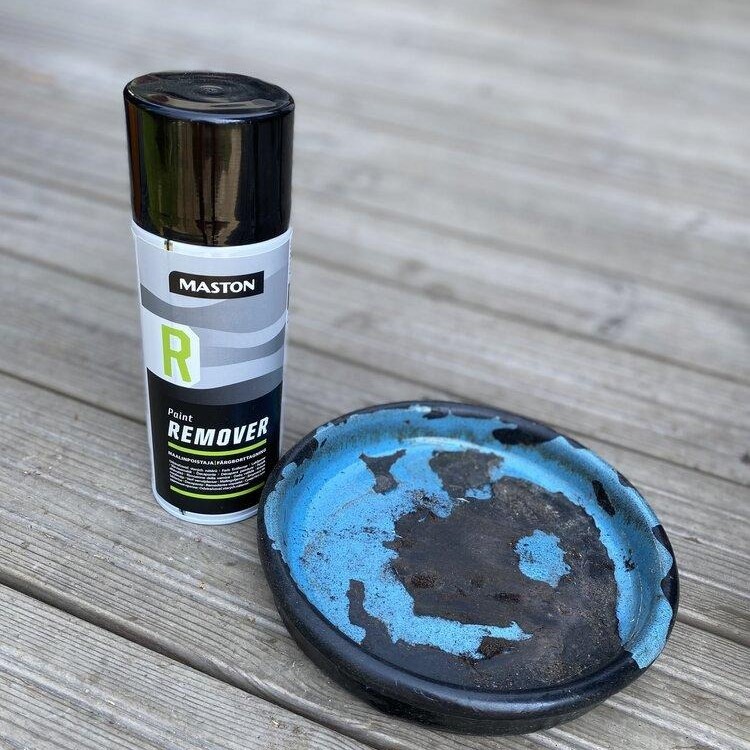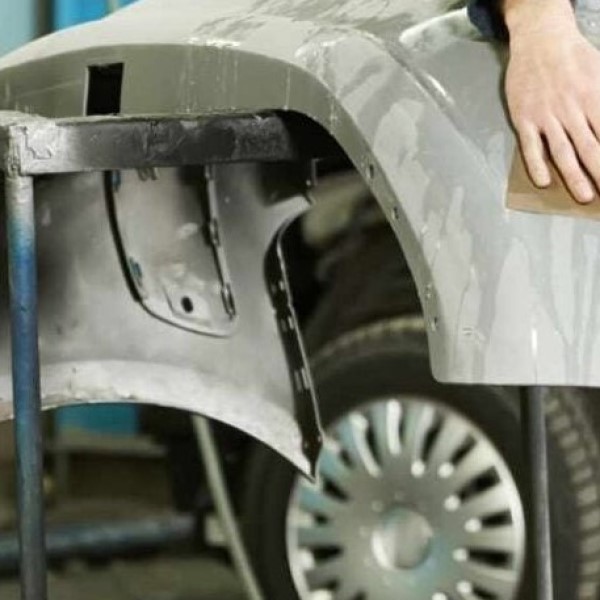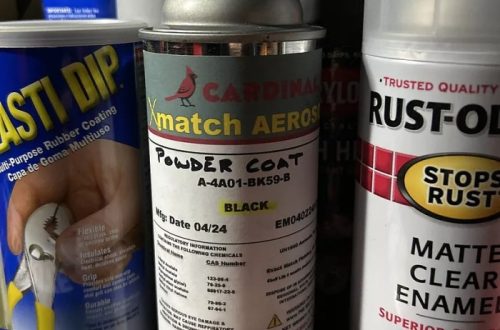Introduction: Why Removing Spray Paint Matters
Accidental spray paint spills can happen to anyone, whether you’re involved in an art project, home improvement, or simply redecorating. When spray paint finds its way onto plastic surfaces, it can be frustrating. The question that often arises is, “how to remove spray paint from plastic?” Knowing how to effectively remove spray paint is crucial to restore the appearance of your plastic items without causing damage. In this comprehensive guide, we’ll explore various methods for removing spray paint and share tips to ensure you achieve the best results. By the end, you’ll have all the knowledge you need to handle this common issue with confidence.
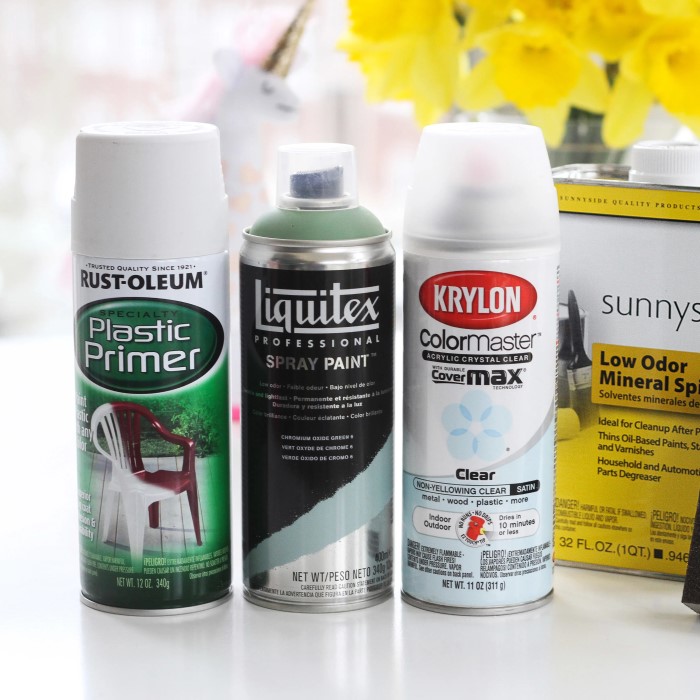
Understanding Spray Paint and Its Effects on Plastic
- What is Spray Paint?
Spray paint is an aerosolized paint product that provides an even coating on various surfaces. Its quick-drying properties and ease of application make it popular for DIY projects. However, these same characteristics make it challenging to remove, especially from non-porous materials like plastic. - How Spray Paint Adheres to Plastic
Spray paint contains solvents that help the paint adhere to surfaces effectively. As the solvent evaporates, the remaining paint binds tightly to the surface. While this durability is beneficial for surfaces that need protection, it creates a challenge when you want to remove or clean the paint from plastic items. - Why Plastic Can Be Difficult
Plastic can be slippery and non-porous, which allows for strong adhesion of spray paint. Additionally, the type of plastic matters. Some plastics, like polypropylene, have low surface energy, meaning that the paint bonds more stubbornly. Understanding the specific type of plastic will aid in selecting the most effective removal method.
Essential Supplies for Paint Removal
- Gather Necessary Materials
Before you start removing spray paint, ensure you have all the required supplies on hand. Having everything ready can make the process easier and more efficient.- Rubbing Alcohol and Acetone: These solvents are effective in breaking down and removing spray paint. Both are potent, but they may react differently with various types of plastic.
- Plastic Scraper or Spatula: A plastic scraper helps lift the paint off the surface without scratching the plastic beneath.
- Soft, Lint-Free Cloths: Use these to apply solvents or wipe the surface clean after paint removal. They help avoid scratching the plastic.
- Warm Soapy Water: This can be helpful for cleaning the area after paint removal, washing away residues of paint and solvents.
- Protective Gloves: Always wear gloves to protect your skin from chemicals. Consider also using safety goggles, especially when working with solvents.
- Safety Precautions
Working with chemicals and solvents requires caution. Always work in a well-ventilated area to avoid inhaling fumes. If you’re sensitive to chemicals, consider wearing a mask for additional protection.
Using Rubbing Alcohol
- Step-by-Step Instructions for Rubbing Alcohol Removal
Rubbing alcohol, also known as isopropyl alcohol, can dissolve many types of paint without damaging plastic. -
Soak a Cloth in Alcohol
- Choosing the Right Cloth: Start by selecting a soft, lint-free cloth. Microfiber cloths work well because they are gentle on surfaces and effective at holding moisture.
- Dampen the Cloth: Pour a small amount of rubbing alcohol onto the cloth. Ensure that it is dampened, but avoid soaking it. The goal is to achieve a level of moisture that allows you to transfer the alcohol without dripping.
- Testing Moisture Levels: To check if the cloth is sufficiently damp, give it a gentle squeeze. It should feel wet but not overly saturated. If too much alcohol drips, it can create a mess and dilute its effectiveness.
Apply to the Painted Area
- Targeting the Painted Surface: Identify the area where the spray paint is located. It’s important to focus on one section at a time for better results.
- Gentle Rubbing Technique: With the alcohol-soaked cloth, gently rub the painted surface in circular motions. This will help the alcohol penetrate the paint layer effectively.
- Allowing Time to Soak: After applying the alcohol, allow it to sit on the painted area for a few moments. This soaking time is essential as it helps break down the adhesive properties of the paint.
- Avoiding Excessive Rubbing: While it’s important to apply some pressure, be cautious not to rub aggressively, which could damage the underlying plastic surface.
Scrape Off the Paint
- Use of a Plastic Scraper: Once the alcohol has had time to penetrate and soften the paint, take a plastic scraper or spatula. These tools are ideal because they are less likely to scratch the plastic compared to metal options.
- Gentle Lifting Motion: Carefully slide the edge of the scraper under the softened paint. Begin to lift the paint away gently. It should come off with minimal effort if the alcohol has adequately penetrated.
- Monitoring Pressure: While scraping, keep a light touch. Applying too much pressure can cause scratches or gouges in the plastic, which can be difficult to repair.
- Cleaning Up Residue: Periodically check the scraping area to see how much paint has been removed. Wipe the scraper with a clean part of the cloth to prevent residue from re-depositing onto the surface.
Repeat as Needed
- Assessing Remaining Paint: After the initial scraping, take a moment to examine the area. You may notice some stubborn bits of paint that didn’t come off.
- Reapplying Alcohol: If there are remaining paint spots, re-dampen the cloth with rubbing alcohol. This ensures that the paint continues to soften, allowing for a more thorough removal.
- Repeat the Process: Return to the painted area and repeat the rubbing and scraping steps until all the paint is removed. Patience is key; this process may require several applications depending on the thickness and age of the paint.
Wash the Area
- Removing Residual Solvent: Once all the spray paint has been effectively removed, it is important to clean the area. This step removes any leftover rubbing alcohol and paint particles, ensuring that the surface is clean.
- Using Warm Soapy Water: Create a mixture of warm water and a few drops of mild dish soap. Dip a clean cloth or sponge into the soapy solution.
- Wiping Down the Surface: Gently wipe the entire area where the spray paint was located. Make sure to clean thoroughly to remove any chemical residues that could harm the plastic over time.
- Rinsing the Cloth: After washing, rinse the cloth or sponge with clean water and wipe down the area again to ensure no soap remains.
- Drying the Surface: Finally, take a dry cloth to gently pat the area dry. Allow the surface to air dry completely before using it again or applying any additional finishes.
- Why It Works
The solvents in rubbing alcohol dissolve the paint’s binding agents, allowing for easier removal without harming the plastic surface.
Acetone Application
- Using Acetone for More Stubborn Paint
Acetone is another effective solvent for removing spray paint from plastic, but it can be harsher, so proceed with caution.- Test on a Small Area: Before applying acetone, test it on a small, inconspicuous area of the plastic to ensure it won’t cause damage.
- Dampen a Cloth: Moisten a soft cloth with acetone, ensuring it’s wet but not drippy.
- Apply to Paint: Gently rub the cloth over the painted surface, letting it sit for a minute to soften the paint.
- Scrape Carefully: Use a plastic scraper to lift the loosened paint. Again, apply gentle pressure to avoid damaging the plastic underneath.
- Rinse the Area: Wash the area with warm, soapy water afterward to remove any leftover acetone and paint remnants.
- Caution with Acetone
Be aware that acetone can react with certain types of plastic, leading to discoloration or warping. It’s advisable to use this solvent as a last resort for tough paint stains.
Warm Soapy Water
- Using Soapy Water for Light Stains
How to remove spray paint from plastic? If the spray paint is fresh or the stain is relatively minor, warm soapy water might suffice as a simple and safe method.- Mix Warm Soapy Water: Combine warm water with a few drops of mild dish soap to create a soapy solution.
- Soak a Cloth: Dip a cloth into the soapy water, then lay it over the paint stain. Let it sit for about 10-15 minutes to allow the soap to penetrate.
- Wipe Away the Paint: Use the damp cloth to rub the paint. In many cases, this technique can dislodge the paint effectively.
- Repeat if Necessary: You may need to re-soak the cloth and repeat the steps until the paint is fully removed.
- Rinse and Dry: After removing the paint, rinse the area with clean water and dry it with a clean cloth.
- Best For Fresh Stains
This method works best on fresh paint stains that haven’t dried fully. It’s the gentlest approach and minimizes the risk of damage.
Additional Techniques for Removing Spray Paint
- Use Commercial Paint Strippers
If home remedies don’t yield the desired results, consider commercial paint strippers specifically designed for plastic. Always follow the manufacturer’s instructions and check compatibility with your plastic type. - Baking Soda Paste
As a non-toxic option, you can create a paste by mixing baking soda with water. Apply the paste to the painted area, let it sit for a few minutes, then scrub gently with a soft cloth or sponge. - Oven Cleaner
Some users report success with using oven cleaner, which contains strong solvents. Apply the cleaner, let it sit, and then wipe away. However, ensure to use this method in well-ventilated areas due to strong fumes.
Preventing Future Paint Issues
- Proper Application Techniques
When applying spray paint, ensure to protect plastic surfaces from overspray using drop cloths or painter’s tape. This will help you avoid the hassle of removal later. - Choosing Safe Products
If you plan to paint plastic items, opt for paints specifically formulated for use on plastic surfaces. These paints are designed to adhere well while minimizing the chance of peeling or chipping, making future removal easier if necessary. - Store Properly
If paint does accidentally get onto plastic, store items in a safe, protected area, minimizing exposure to direct sunlight and humidity, which can harden the paint over time.
Conclusion: How to Remove Spray Paint from Plastic
In summary, knowing how to remove spray paint from plastic involves understanding the type of paint and the specific plastic material you’re working with. Using appropriate methods like rubbing alcohol, acetone, or warm soapy water can help in effectively removing paint without damaging the surface. By gathering the right supplies and implementing the steps outlined in this guide, you can restore your plastic items to their original condition. Be sure to prioritize safety and perform tests on small areas when working with solvents. With the right technique, your plastic surfaces will be looking good as new, ready for use once again!
